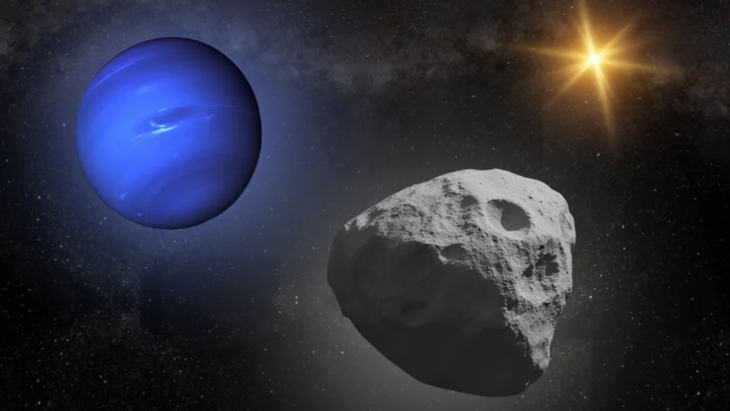
Illustration of an object 'dancing' with Neptune - Photo: Robert Lea
It is the first object confirmed to orbit the Sun exactly once for every 10 orbits of Neptune – a resonance ratio never before recorded.
Research led by the Harvard & Smithsonian Center for Astrophysics (CfA), recently published in the Planetary Science Journal, promises to change the current understanding of the motion and evolutionary history of distant objects in the Solar System.
2020 VN40 belongs to the group of trans-Neptunian objects - celestial bodies that lie very far away, beyond the orbit of the 8th planet. Discovered by the LiDO (Large Inclination Distant Objects) survey, this object has an orbit strongly inclined to the plane of the planets' orbits, with an average distance to the Sun 140 times the distance from Earth to the Sun.
“This is a major step forward in understanding how the far reaches of the Solar System are affected by Neptune’s gravity,” said lead author Dr Rosemary Pike (CfA). “It helps reveal clues about how these objects form and evolve.”
Typically, objects in orbital resonance with Neptune—such as a 2:3 or 1:2 ratio—reach their closest approach to the Sun (perihelion) when Neptune is very far away, helping to avoid collisions or gravitational disturbances.
However, 2020 VN40 approaches the Sun when Neptune is also close, if viewed from above the plane of the Solar System. Although the two objects are actually vertically apart (2020 VN40 is below the orbital plane), this motion is still very unusual and completely different from any known resonant object.
Dr. Ruth Murray-Clay (University of California Santa Cruz) likened this phenomenon to "discovering a hidden beat in a seemingly familiar piece of music." This forced scientists to reconsider the movement models of objects at the edge of the Solar System.
The LiDO survey uses the Canada-France-Hawaii Telescope and the Gemini and Magellan observatories to hunt for objects with strongly inclined orbits—a region that has been little studied. The team has discovered more than 140 distant objects so far, and hopes to find more thanks to new observatories like the Vera C. Rubin Observatory, which is about to come online.
"We are opening a new window into the history of the Solar System, and this is just the beginning," said Dr. Kathryn Volk of the Planetary Science Institute.
Source: https://tuoitre.vn/phat-hien-vat-the-bi-an-quay-theo-nhip-voi-sao-hai-vuong-202507220902314.htm


![[Photo] Bustling Mid-Autumn Festival at the Museum of Ethnology](https://vphoto.vietnam.vn/thumb/1200x675/vietnam/resource/IMAGE/2025/10/4/da8d5927734d4ca58e3eced14bc435a3)
![[Photo] General Secretary To Lam attends the 8th Congress of the Central Public Security Party Committee](https://vphoto.vietnam.vn/thumb/1200x675/vietnam/resource/IMAGE/2025/10/4/79fadf490f674dc483794f2d955f6045)

![[Photo] Solemn opening of the 8th Congress of the Central Public Security Party Committee, term 2025-2030](https://vphoto.vietnam.vn/thumb/1200x675/vietnam/resource/IMAGE/2025/10/4/f3b00fb779f44979809441a4dac5c7df)


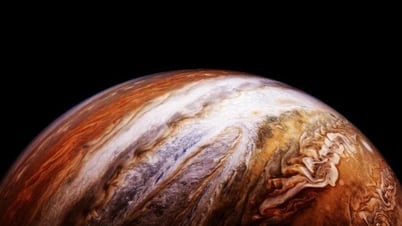



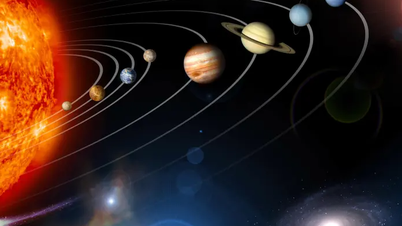
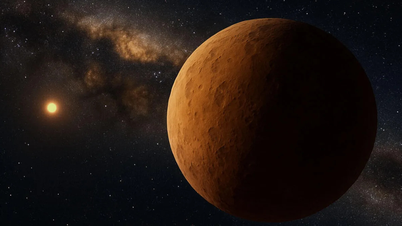
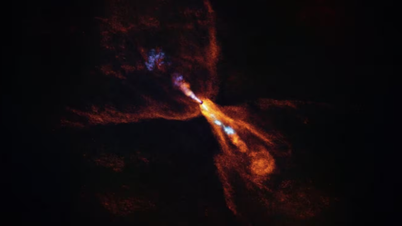




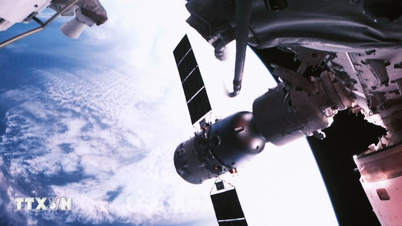




![[INFOGRAPHIC] Ricoh GR IV "Street Warrior" returns](https://vphoto.vietnam.vn/thumb/402x226/vietnam/resource/IMAGE/2025/10/4/253d8aa5753b4d9598a544448f716b47)






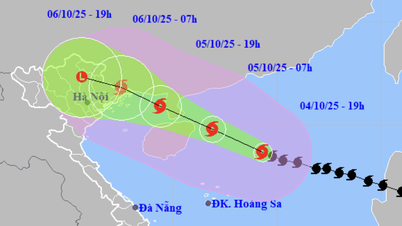

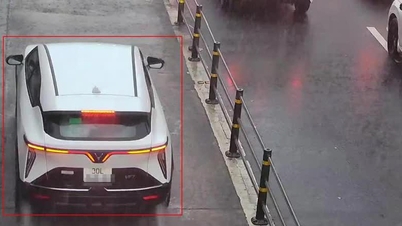


























![[VIDEO] Summary of Petrovietnam's 50th Anniversary Ceremony](https://vphoto.vietnam.vn/thumb/402x226/vietnam/resource/IMAGE/2025/10/4/abe133bdb8114793a16d4fe3e5bd0f12)

![[VIDEO] GENERAL SECRETARY TO LAM AWARDS PETROVIETNAM 8 GOLDEN WORDS: "PIONEER - EXCELLENT - SUSTAINABLE - GLOBAL"](https://vphoto.vietnam.vn/thumb/402x226/vietnam/resource/IMAGE/2025/7/23/c2fdb48863e846cfa9fb8e6ea9cf44e7)

















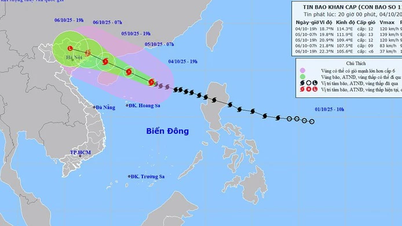

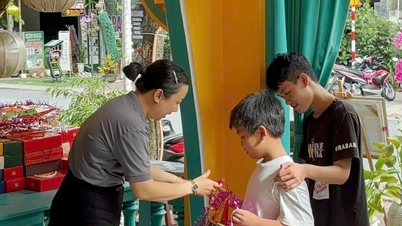













Comment (0)